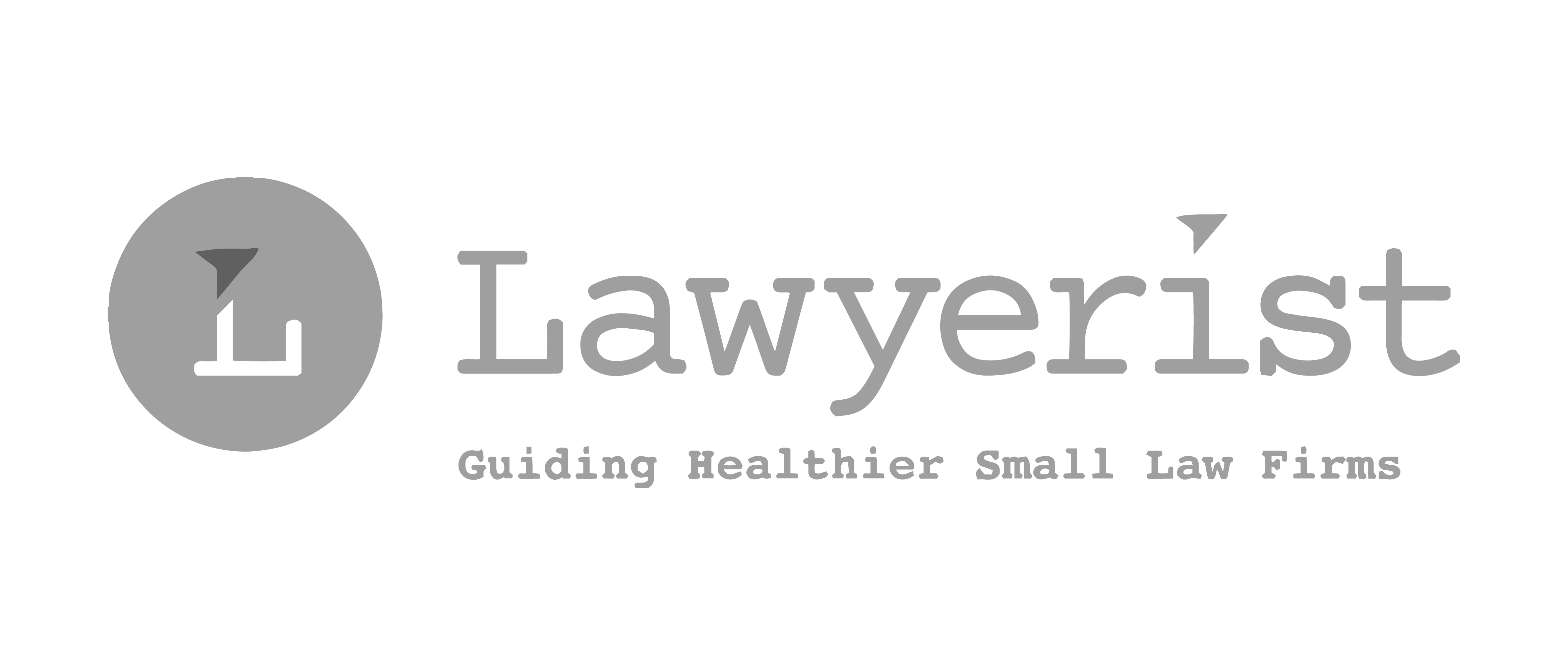5 Tools to Conquer Information Overload
Blogs, online news and magazines, Facebook, Twitter… We’re being bombarded with content, some of it less than useful, but enough interesting stuff to keep us reading every minute of our lives. Fortunately there are many tools out there to keep us from being overwhelmed. These tools filter the information we get and provide options for later reading.
RSS Feed
Let the information come to you. Just about all blogs and news sites provide the opportunity for you to subscribe to their feeds so when a new post or article is published, it shows up in your RSS reader. Google Reader is the granddaddy of Readers and it does the job well. Create topical folders, like Productivity, Wellness, Legal Tech, etc, and assign each new subscription to a folder. This organization really helps when your subscriptions start to creep above 100.
Our Facebook wall is often filled with interesting links from our friends and the scores of Pages that we subscribe to. In the past we’d have to click on the link to bring up the piece in our 24th open browser tab for later reading. But Facebook is now rolling out a new “Save for Later” feature which lets you add links to a “Saved” folder to read at your convenience.
Twitter has made it super easy to save tweets for later reading. Simply click on “Favorite” and it will save it to your Favorites queue. To access your selected tweets, go to https://twitter.com/favorites. Note that when you Favorite a tweet, it shows up in your public stream and the account of the person whose tweet you selected.
Read it Later
There are lots of great apps out there that let you save blog posts, articles, news items and any web page to read later. Instapaper and Pocket are two of my favorites. Create an account with the app, add the browser extension and start saving stories with one click.
Buffer App
This indispensable app is great for scheduling tweets, but you can also use it as a “Read it Later” tool. Buffer App lets you set up a tweeting schedule, so if you want to send out eight tweets at one hour intervals during the work day, it’s as simple as setting up an hourly Buffer pattern and adding tweets as you come across them.
To use it as a “Read it Later” tool, set up a schedule of only one tweet per day, say at noon. When you come across an interesting link in a tweet or discover a cool blog post, Buffer it and it’ll be added to the queue. The free version of the app provides for up to 10 buffered tweets. You really don’t want to save more than that or else the “later” becomes “never”. If the piece of content is useful, leave it in the queue and it’ll go out on Twitter as scheduled, or you can click on the “Post This Now” button to share immediately with your Twitter followers and free up space for saving that next “must read” article.
These free tools are great but only works if you trim ruthlessly. Keep your RSS reader light and nimble. For me that means under 200 subscriptions. If a site puts out too much information or the content quality wanes, unsubscribe. Make a habit of checking your RSS reader, Save It Later apps, Twitter Favorites and Facebook Saved feed daily. They’re great for productively wiling the many stationary bike and eliptical hours at the gym.
RELATED POSTS:
App Of The Week: Read It Later Is Now Pocket, Your DVR For The Web
Read It Later With Instapaper
RSS Readers – Get What You Want Without Having To Search For It
4 Twitter Productivity Tips
Share post:








